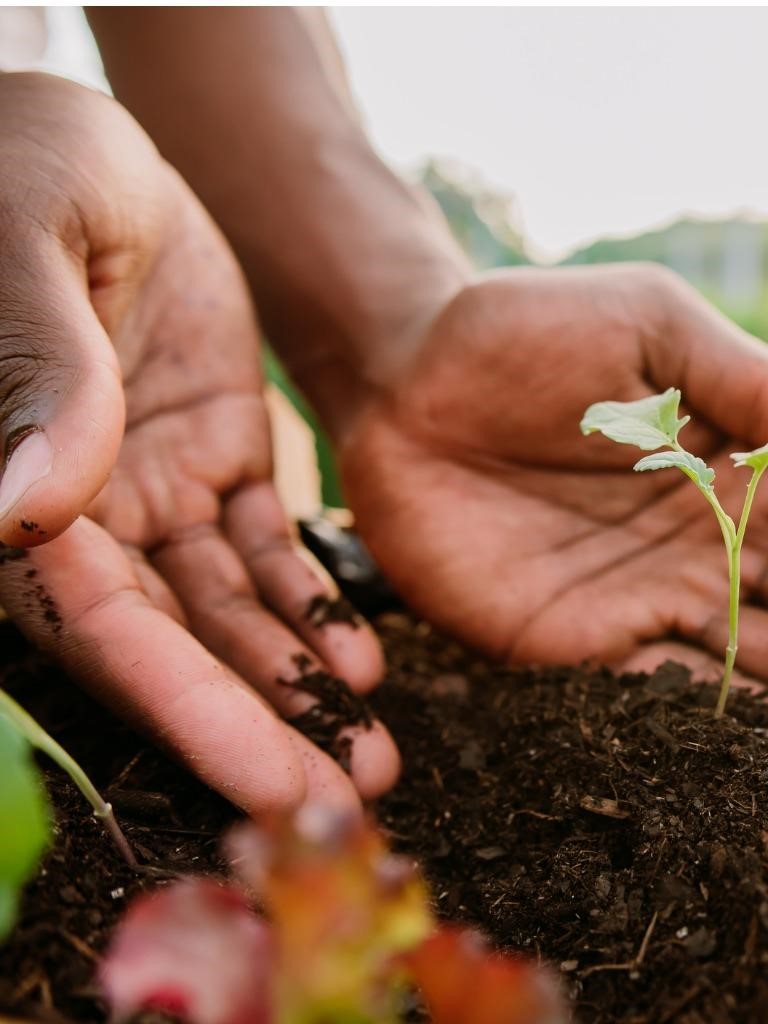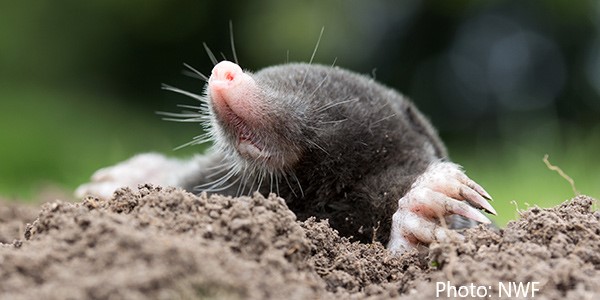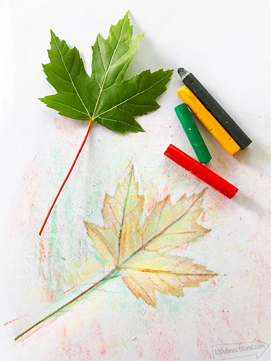When you think about an ecosystem, you might think of living things like plants and wildlife, and nonliving things like air and water. But did you know one of the most important parts of any environment is right under your feet? Dirt or soil is the upper layer of earth made of organic matter, minerals, grasses, liquids, and organisms. We walk over it every day but have you ever wondered, just what is the deal with dirt?
Let’s Get Started
Soil is a very important but often forgotten part of our environment. Plants, organisms, wildlife, and people, all of us depend on healthy soil to survive. Dirt provides a properly balanced environment for plants to grow and we all count on plant life! With dirt doing so much for all of us, here are 5 things you can do to help your soil.
Plant Native Plants – Native plants are not only good for wildlife, they help with rainwater runoff and keep soil healthy as their roots go deep into the ground and keep soil from being compacted.
Get it covered. Plant cover crops–native grasses and flowers that are grown to primarily cover the soil. This helps to prevent soil erosion, absorbs water, and improves soil health. You can also add mulch, twigs, and leaves around your plants to protect the soil and add nutrients.
Make a Compost. You don’t need to use chemical fertilizers to have a thriving garden. Add composted soil – that you can make at home to create garden beds and landscapes that have an active underground ecosystem of earthworms and microorganisms that keep plants healthy. Healthy plants mean better wildlife habitat. Watch earthworms at work with Ranger Rick™!
Dig In: Aerating the soil, or making small holes in the dirt, allows water, air, and nutrients to reach the roots of plants. You can have an adult help you use garden tools for big areas, or use something like a fork or straw to aerate potted plants.
Earthworms and some wildlife like moles act as nature’s own little aerators and do a great job of making holes in the soil. Some people consider moles to be pests since they can damage lawns and gardens. However, these small animals are important because they aerate the soil and eat harmful insects.
Avoid chemicals. Using things like pesticides, herbicides, and chemical fertilizers in your garden can be harmful to microorganisms living in the soil, and to birds, small mammals like moles and chipmunks, and other pollinators like bees, butterflies, and moths.
Document Your Discoveries

- Did you find any earthworms or other tiny creatures in the soil?
- Draw them in your Nature Notebook.
- Give us the dirt! Show us your garden and other ways you are tending the soil on social media by using the hashtag #GreenHour.
Bonus: Learn more about soil and Explore Sand, Silt, and Clay with Ranger Rick™.


